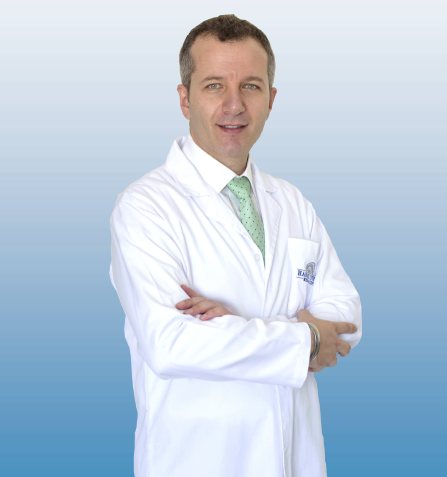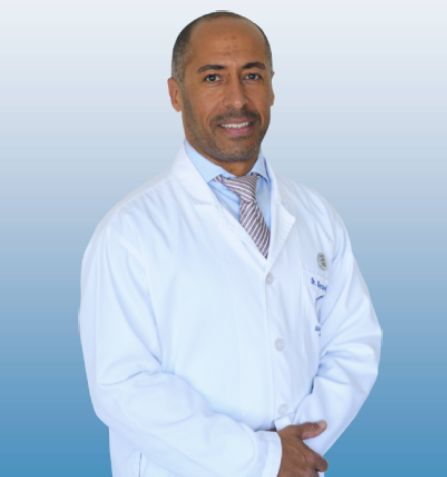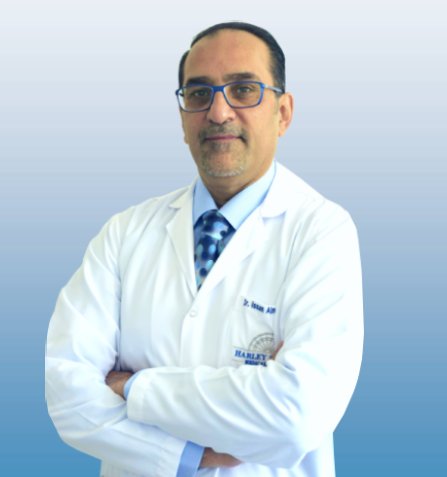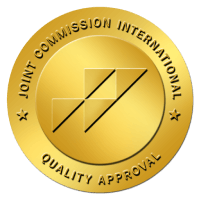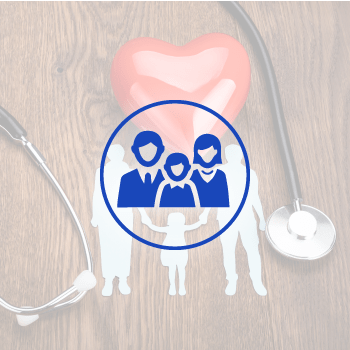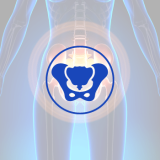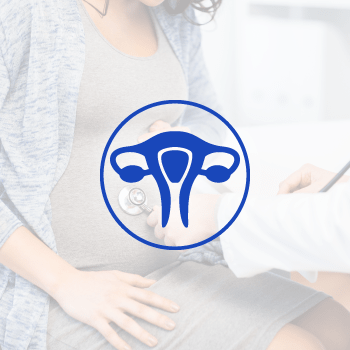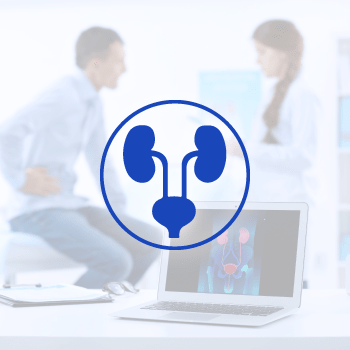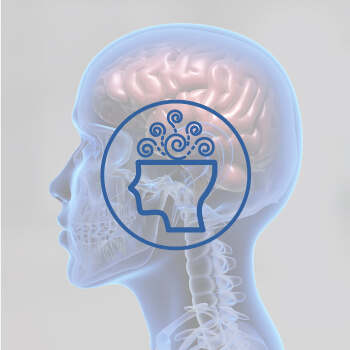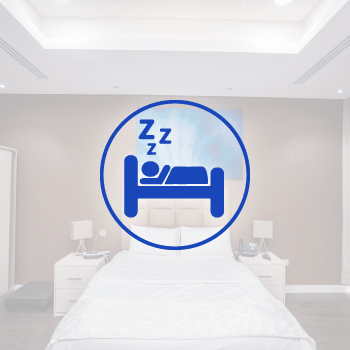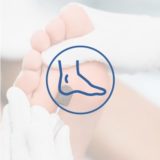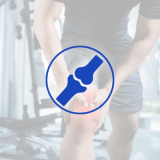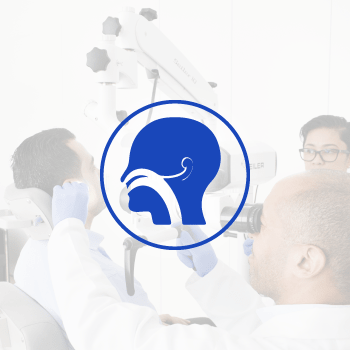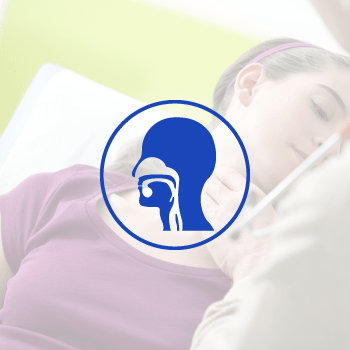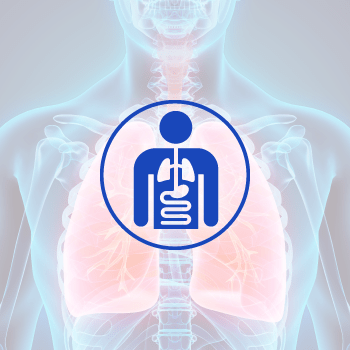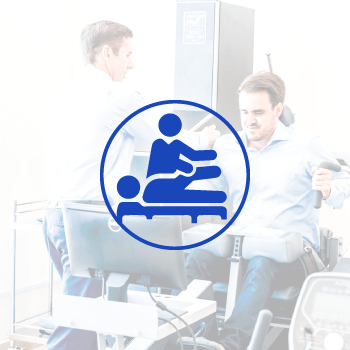MICROTIA & ATRESIA
The Microtia and Atresia Program at Harley Street Medical Centre offers state of the art care to treat congenital birth defects of the ear, including microtia and atresia. We are a multidisciplinary care team that includes board-certified pediatric ear, nose and throat (ENT) surgeons, a board-certified facial plastic surgeon and an audiologist (hearing specialist) to help create a comprehensive treatment plan. We offer treatment options and a unique plan for each patient including bone-anchored hearing aids, middle ear implant and microtia and atresia surgical repair.
CONDITIONS WE TREAT:
1. MICROTIA
FAQs
- What is microtia?
- What causes microtia, and did the parents do anything to cause microtia in their child?
- What is the risk of recurrence of microtia within the family and what are the chances that a microtia patient could also have children with microtia?
- What other medical problems are associated with microtia?
- When does a child with microtia become aware of it?
Microtia is a birth deformity of the ear that occurs about one in 5,000-7,000 births, depending on varying statistics in different countries and in different ethnic races. When broken down in Latin, the term “microtia” is easy to understand. Micro = small; Otia = ear. Typical microtia, grade 3, looks like a little sausage-shaped Wrinkle of skin. A grade 2 microtia is a less severe form and often looks like a miniature ear. Grade 1 microtia is a minimally deformed ear.
In 90% of microtia, only one side is involved. There are twice as many right-sided microtias than left; microtia involves boys 65 percent of the time and girls 35 percent.
The exact cause (etiology) of microtia is somewhat obscure, but one sure thing is that the parents did not cause it and should not feel guilty. Although feelings of guilt are common amongst parents with a child having microtia, they certainly had nothing to do with the occurrence of the microtia, which is merely a “roll of the dice.” Children with microtia are great little kids who will lead normal productive lives with the support of their parents, family, physicians and friends.
When two people first conceive a child, the risk of that child’s having microtia is basically the same as any child born— one in 5-7,000. However, now that their child has microtia the risk jumps up to five percent, or put another way, 1 in 20 for subsequent children. These statistics are derived from the families of the first 1,000 children whose microtia I have repaired. One in every 20 of these children has a member of the immediate family (parents, siblings, aunts, uncles, or grandparents) with microtia. The risk of a child with microtia eventually having a child of his/her own with microtia is also one in twenty.
The majority of patients with microtia have no other problems aside from the ear. Approximately one-third have underdeveloped bony and soft tissues on the involved side of the face (hemifacial microsomia) and 15 percent have facial nerve weakness. Other general abnormalities such as cleft lip, cardiac, or urological problems are encountered much less frequently
Children with microtia become aware of their differences at approximately 3 – 3½ years of age. Typically, they start comparing sides in a mirror and begin referring to their microtia as their “little ear.”
2. ATRESIA
FAQs
- What is Atresia?
- What do I do now that my child has Atresia?
- My child has been diagnosed with canal stenosis, what does this mean?
- Will my child be prone to having more ear infections and congestion because of Atresia?
- Why should my child have Atresia repair?
Atresia is absence or underdevelopment of the ear canal and middle ear structures. Microtia is almost always accompanied by atresia because the outer ear and the middle ear develop from one common block of tissue at the same time of development in the womb. About 15 percent of my microtia patients have what appears at first look to be a normal canal, but many of them are a “blind alley.”
Before you even leave the hospital following the delivery of your child, the hospital or newborn hearing screening should be conducted on your child. If your child is having trouble hearing out of their Atretic, ear he/she will typically refer on the hearing test and it will be suggested that you schedule an appointment with an audiologist and an ENT for further review of your child’s hearing. An ENT can confirm that your child has Atresia and check to see that there are no other potential problems such as “swollen” glandualar problems (in neck and head), a cholosteatoma, ear infections, chance of an ear opening in the Atretic ear, if your child has canal stenosis (narrowing of the ear canal) in the non-Atretic ear, and to just help you learn more about Atresia and generally make sure that your child is healthy from an ENT perspective. The audiologist appointment that should be scheduled is called an ABR (Auditory Brainstem Response) test. This test will help the audiologist determine how severe the hearing loss is that your child has.
Canal Stenosis is the narrowing of an ear canal and is a milder form of Atresia. Instead of the canal being absent it is simply narrower than the normal canal or closed. Sometimes, stenosis may involve the same complications as Atresia with malformed or missing middle ear bones. There may also be a conductive hearing loss present as well. However, canal stenosis may just mean that your child has a narrow ear canal and they can still hear just fine. It is important to take your child to an audiologist to conduct hearing tests to make sure the hearing that is present does not worsen and that your child is hearing fine. It is also very important to take your child to an ENT to have their ear cleaned (every six months) as the narrow canal may not typically allow a typical sized cotton swab in for cleaning purposes.
No, not necessarily.
Some children with Atresia may appear to experience more congestion. However, many children who do not have Atresia have congestion problems as well. Sometimes, we as parents, tend to look for reasons to point our finger at such as: “Our child has Atresia and this must be the reason why they are sick all of the time.” This can be labeled as jumping to conclusions. In fact, some parents may find that the siblings of the Atretic child may tend to either get sick more often or have more ear infections when compared to their child with Atresia. The best thing to consider is taking your child to the pediatrician, audiologist, or ENT every three to four times per year to keep an eye on any potential ear infections. Staying on top of things and being proactive will help prevent any potential problems that could happen later on if gone undetected. If you are concerned about your child obtaining ear infections from swimming you can use proactive measures to prevent potential ear infections by using a swim cap, swimming ear plugs, or by applying “swimmers ear” ear drops after swimming to help dry out the ear.
Children and adults having Atresia experience difficulty in hearing in more ways than one. Atresia affects hearing by preventing children and adults from hearing background noise such as in restaurants, in the cafeteria, or at conferences and concerts. Atresia also affects the inability to locate sound in space. For example, if you call to your child when background sound is present, they may not hear you across a room due to not being able to locate where the sound is coming from. This is called locating sound in space. Once Atresia surgery has been performed it will greatly improve your child’s ability to locate sound in space and to hear better with background noises and in loud and noisy environments such as in restaurants, at parties, at concerts, in classrooms like PE and band, in the lunch room cafeteria, and in the car with the window down while having a conversation. Atresia repair can help children and adults live easier everyday lives.

